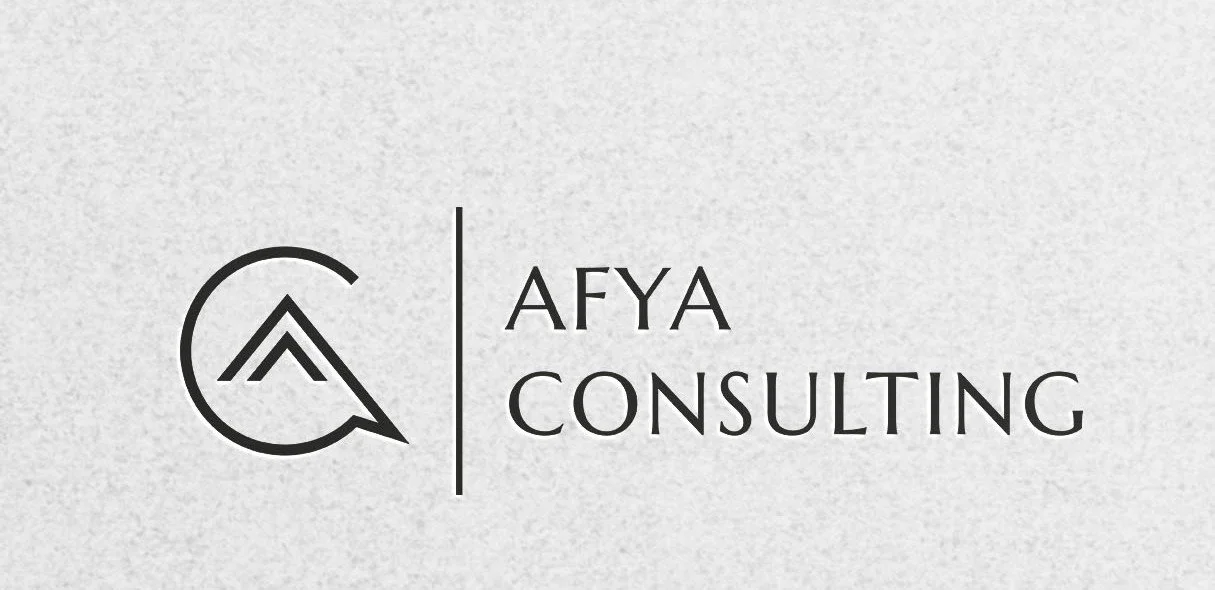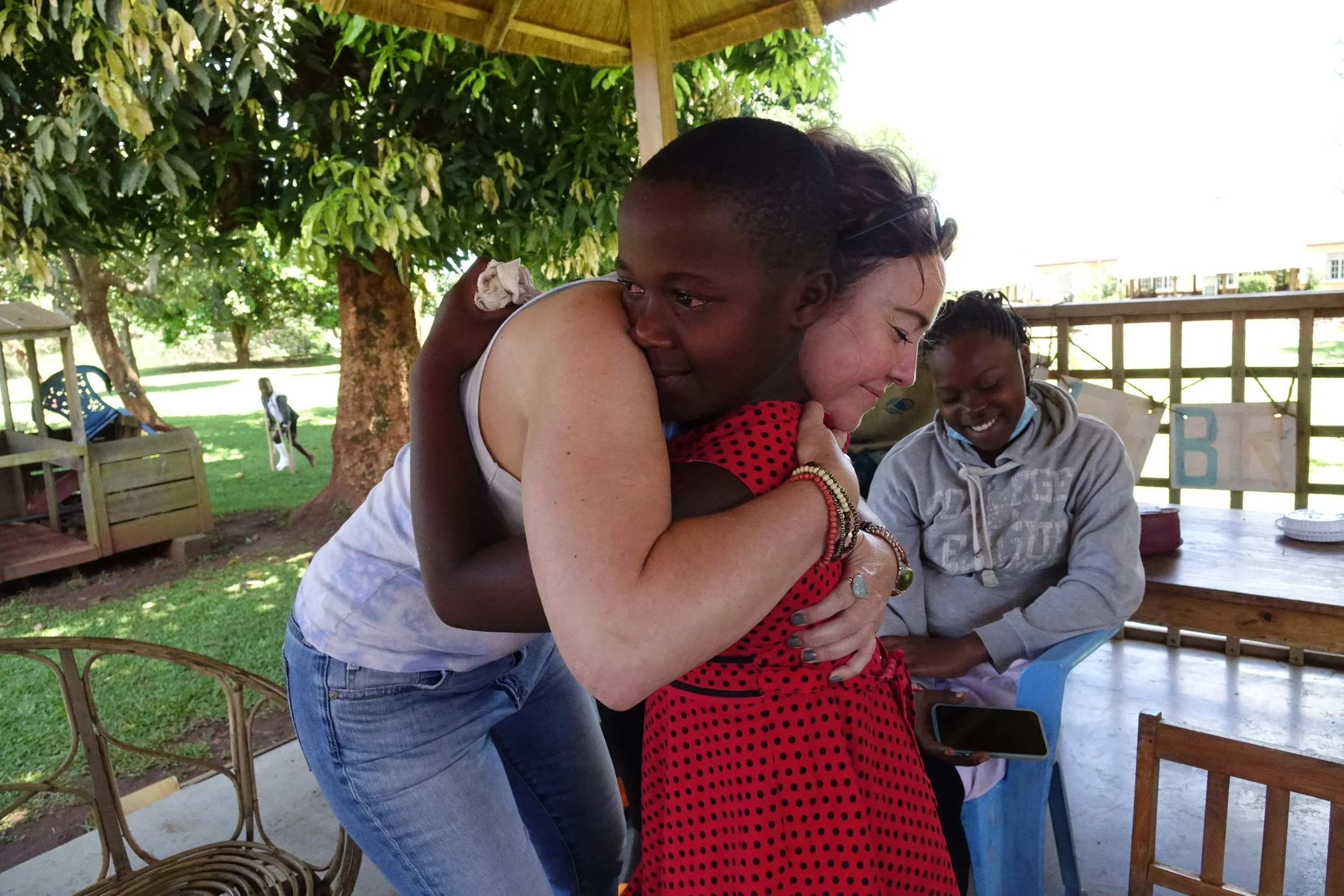
Co-Creating "It's My Turn to Play"
Co-Creating "It's My Turn to Play"
Background
In Uganda, an estimated 13% of children live with a disability, with many facing physical impairments such as clubfoot, spina bifida, and limb deformities (UNICEF Uganda & UBOS, 2017). Despite national commitments to disability rights, children and youth with physical disabilities continue to face exclusion in education, social life, and especially community play.
Challenge
While sport can foster confidence, connection, and inclusion, many children with physical disabilities remain excluded due to stigma, harmful stereotypes, and limiting community attitudes. In Uganda, where sport holds deep cultural and social value, these barriers often lead to emotional isolation and internalized shame. Recognizing this, Canada-Uganda Sport & Exercise Medicine (CUSEM) created an accessible intervention to challenge harmful narratives, build empathy, and spark grassroots dialogue.
Approach
In 2021, as Co-Founder and Project Director of CUSEM, Jo-Ann led a participatory storytelling initiative in collaboration with CoRSU Rehabilitation Hospital in Kisubi. Together, Jo-Ann and CoRSU colleagues led a process to co-create a children’s book titled “It’s My Turn to Play”, inspired by the lived experiences of children undergoing surgery and/or rehabilitation at CoRSU.
Twenty youth aged 10–16 participated in a focus group discussion (FGD) where they candidly shared stories of exclusion, ridicule, and hope, particularly around being excluded from sport and play in their villages and classrooms. These narratives inspired the book’s fictional protagonist: a young girl with clubfoot who longs to play football but faces resistance from her family and community. After surgery, she begins a journey of physical recovery, social inclusion, and self-confidence. As project lead, Jo-Ann:
Designed and led a participatory storytelling initiative centering children’s lived experiences;
Facilitated an FGD with youth undergoing rehabilitation to identify themes of exclusion, resilience, and belonging;
Co-authored and shaped the book’s narrative structure and themes;
Managed partnerships with CoRSU Hospital, educators, and community organizations for story development and distribution; and,
Oversaw printing, distribution, and integration of the book into programming and advocacy.
Outcomes & Impact
Over 5,000 copies of “It’s My Turn to Play” were printed and distributed across classrooms, hospitals, and nonprofit programs in Uganda. The book became a tool for outreach, sparking conversations in schools, amongst non-profit leaders and within communities about equity in play and the rights of children with disabilities. Grounded in real voices and local context, the project demonstrated the power of storytelling as a vehicle for social change, and reaffirmed that every child has the right to belong, to play, and to be seen.






